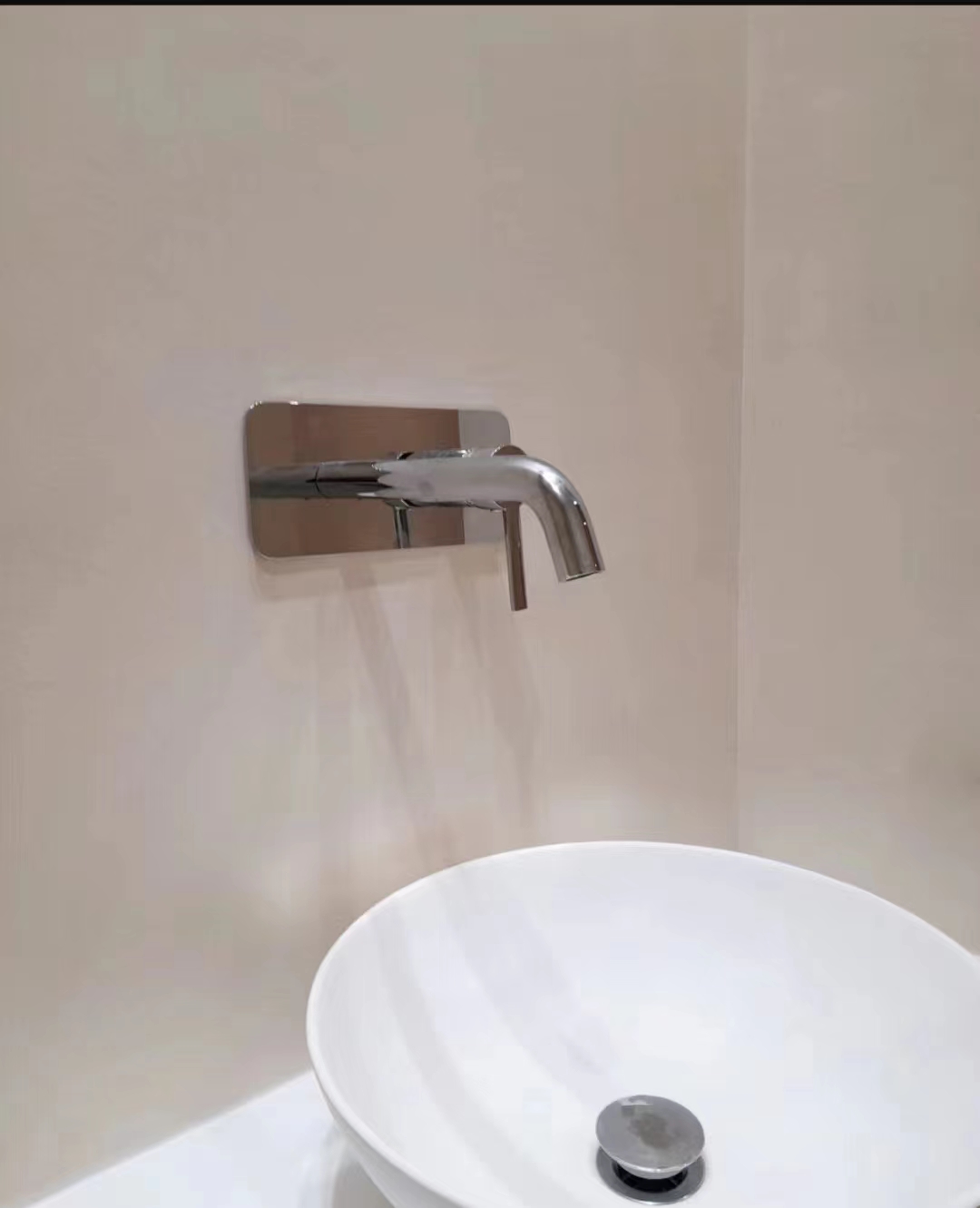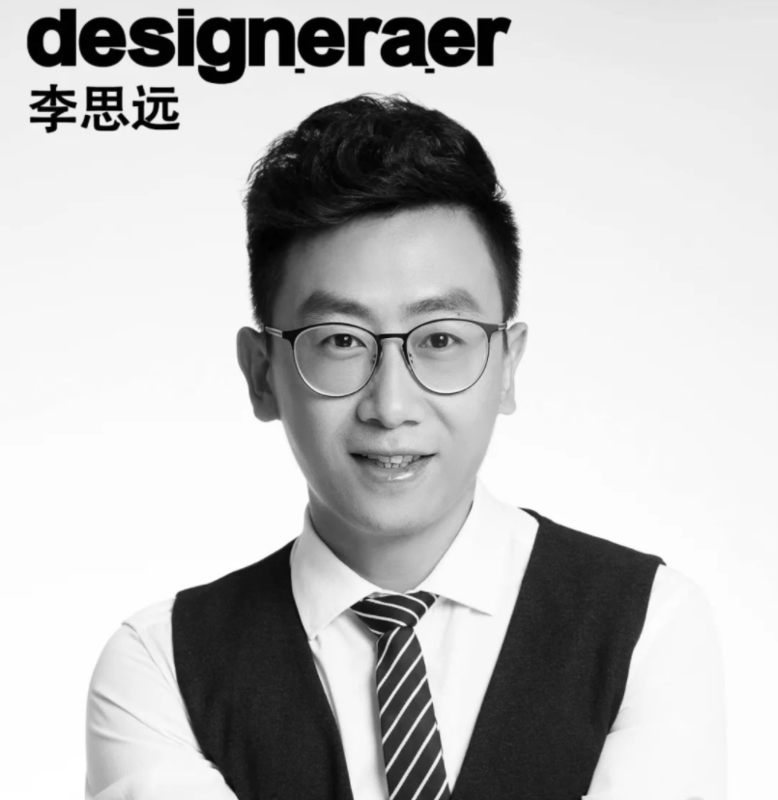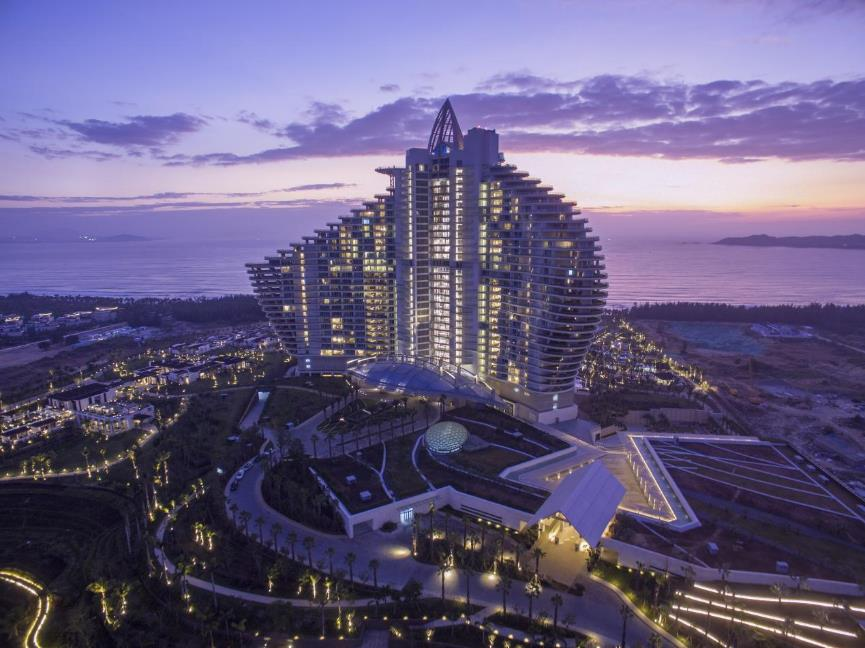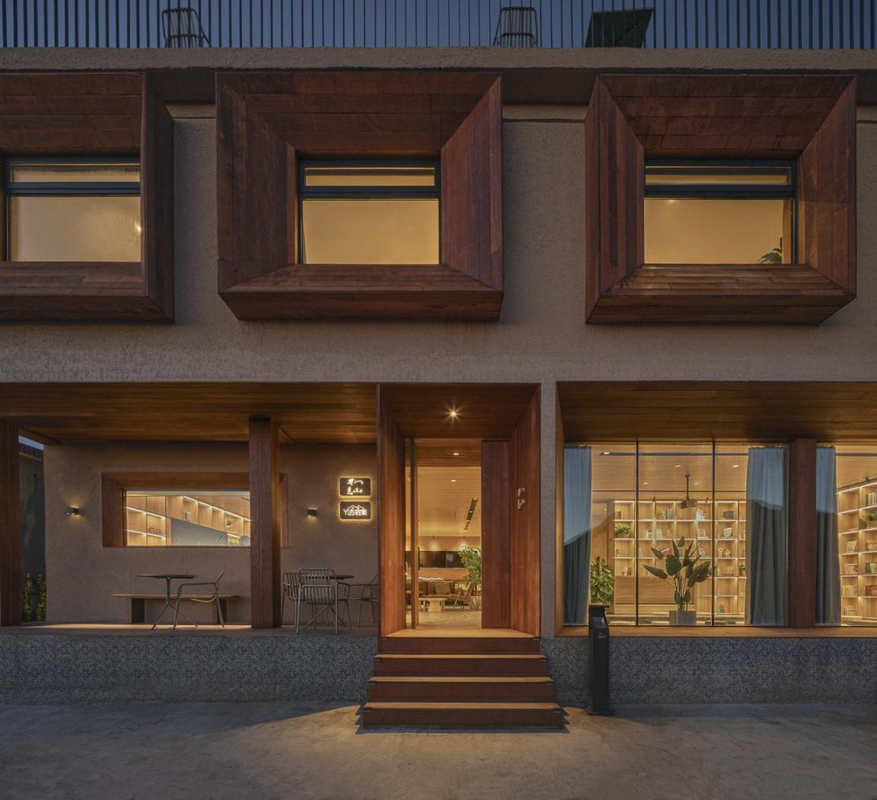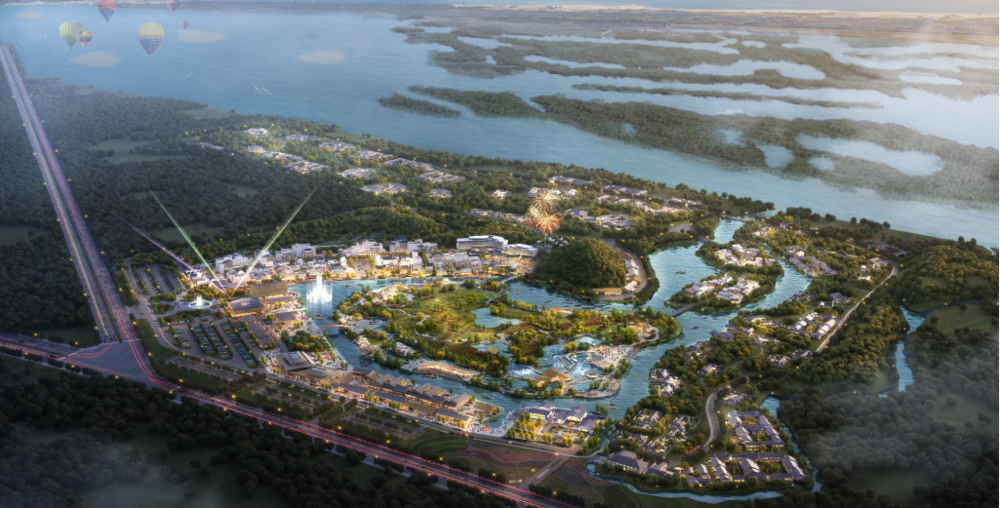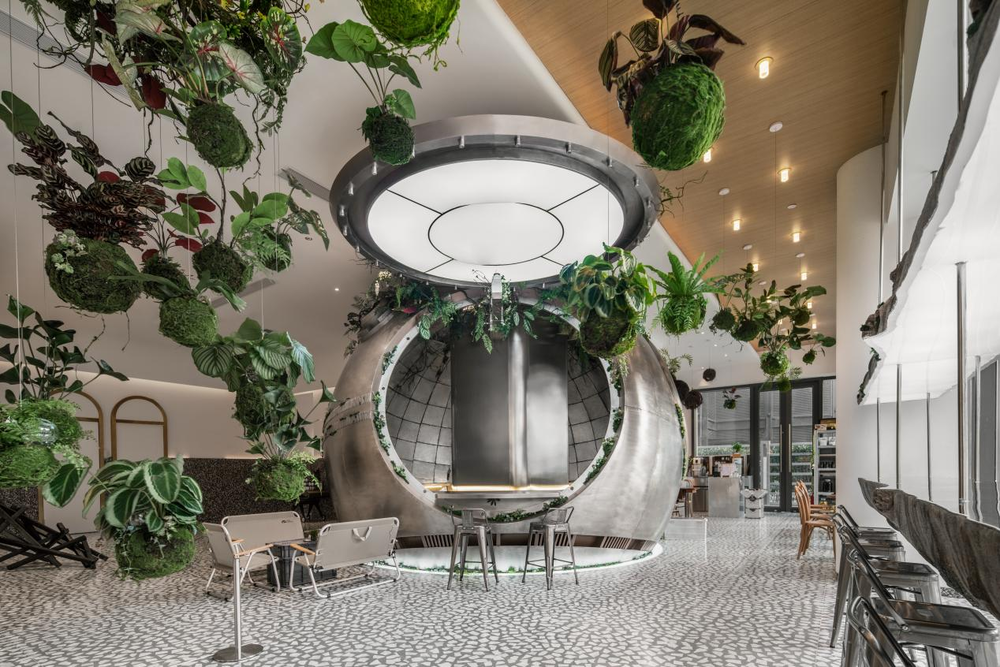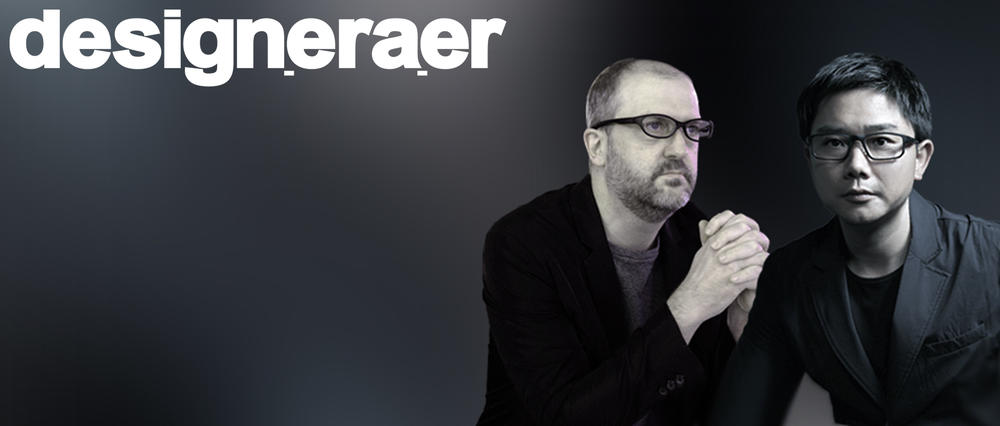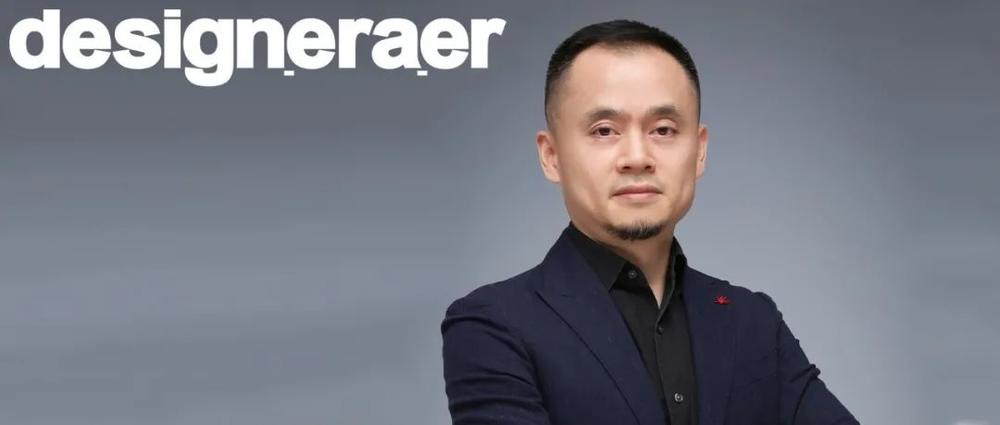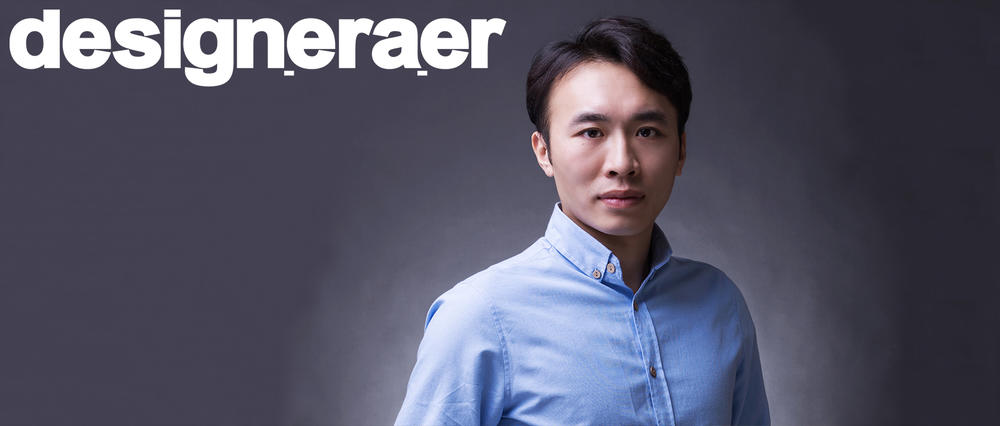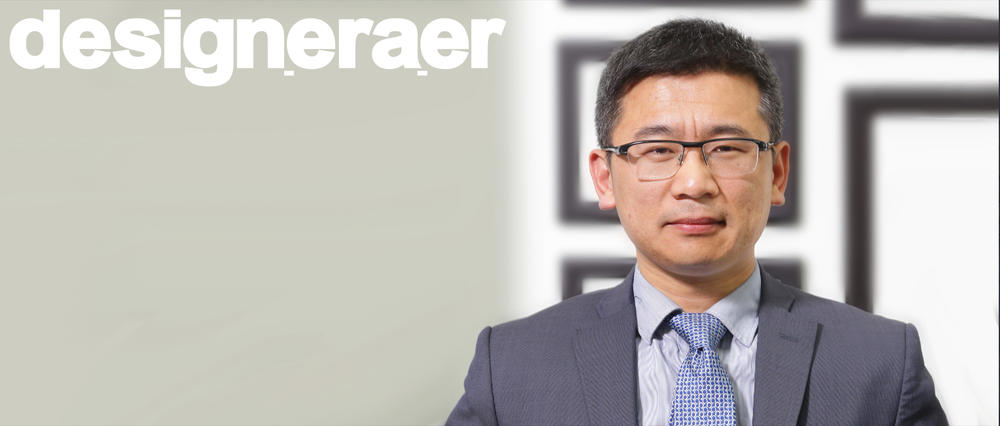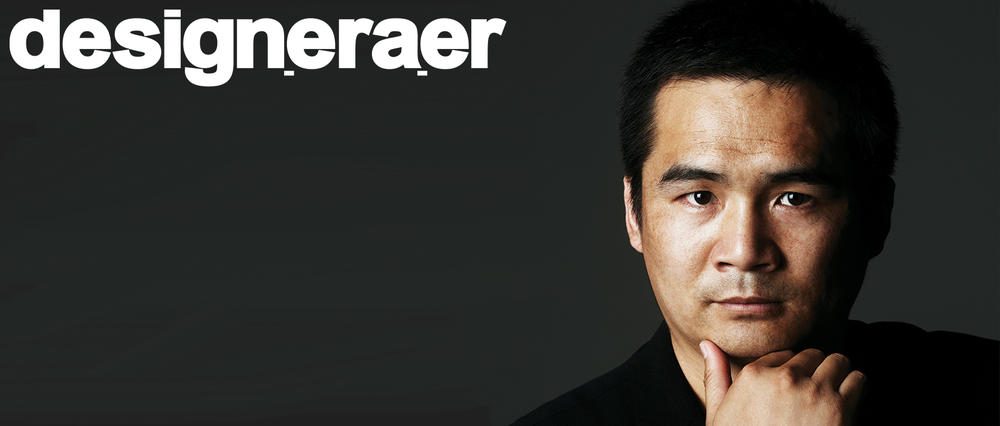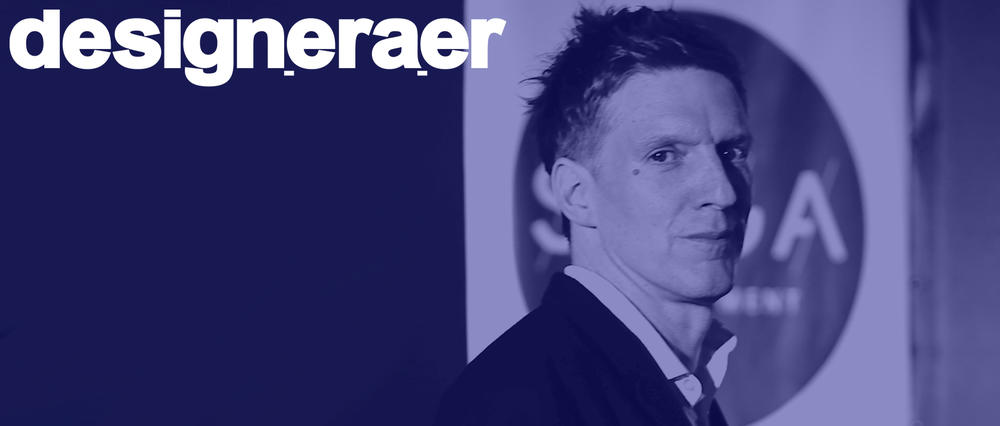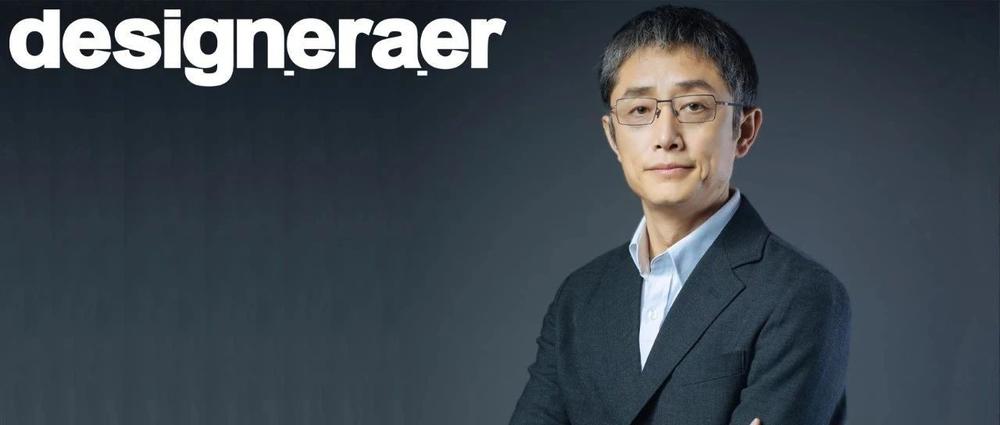Roberto Bannura
建筑师
斯蒂文霍尔建筑师事务所北京事务所合伙人
我们公司是一个有很强凝聚力的团队。我们全身心致力于我们参与的建筑项目,因为我们有坚定的信念,它们可以对城市环境产生积极的影响。
Our firm is the tight group of individuals, devoted to architecture. We pour our hearts in the projects we do, because we have the firm belief, they can be of positive impact to the urban environment.
罗勃特:我做过关于这个问题的讲座,因为这对我们来说非常重要,对我个人作为建筑师来说也是。首先,我同意在20世纪下半叶到这个世纪的初,公共空间的商业化程度有所提高。但是商业和公共空间融合的这个概念其实是非常非常古老的,在欧洲还有亚洲的早期城市聚落中就有所体现。
I've given lectures about this subject, because it's something that is very important to us and to me personally, as an architect. I will be the first one to agree that probably for the second half of the twentieth century, and the beginning of this one, there was an increase in commercialization of the public space. But the idea that commerce and public forum go hand in hand it's not foreign, it’s very, very old actually... early urban settlements. Those were functions contemplated in adjacency, in Europe and also in Asia.
所以并不是所有的事情都是不好的,我之所以在课堂上谈论这个或者我认为更让人担忧的问题的是因为新技术的加入让生活变得极端高效,从这点来看,人们在城市领域中和城市公共空间的接触正在急剧减少,为了便利正在最小化。我认为,直到最近,可能直到今年年初,是有一种公共空间和公共城市将会变成一个自由城市和自由主义空间的趋势的。人们生活在自由中,但他们将城市视为一个市场,向城市要求产品或服务,而彼此之间没有任何交往的责任,就像你我现在所做的,或者与城市的社会空间互动。这就是我对这一趋势的看法,我认为这也是我们一定程度上担心的问题。
Not all things are necessarily bad. What I think is more problematic and the reason I am in the lecture circuit talking about this, is the inclusion of new technologies that are making life extremely efficient. In the sense that people’s interactions with the urban domain are minimal, or attempt to be minimal out of convenience. There was a tendency, I think up to recently, probably until the beginning of this year, of what otherwise was a communal city and communal space to become a libertarian city and libertarian space, where people live in freedom, relating to the city as a marketplace, demanding of the city its products or services without having any responsibilities to interact with one another, like you and I are doing now, or interact with the social space in the city. That's how I saw the trend, and I think that's what worries us the most.
当我在讲座和讨论会中谈到这一点时,我试图传达这个观点的重要性:我们需要明白这并不是一个零和游戏。一个地方可以融入所有公共空间的优质的属性,文化、艺术,或是更高的抱负的想法和精神,同时也考虑到项目的商业需求。这个项目(当代MOMA-联接复合体)在这点上就很好。成都的项目也很好,8万平方米的购物中心大部分都在地下,人们几乎看不到它,购物中心是一个目的地 ,不是它让人们离开街道的,是我们创造的这个广场让人们愿意从街道上过来。
(When I talk about this in lectures and round table discussions) I try to drive a message that I find very important to convey, that it's not a zero sum game as I told you at the beginning, there is a place where you can actually bring all the good of the communal spaces, that has an insertion of culture, art, higher aspirations for the soul and the spirit, but also at the same time respond to the commercial necessities of the project. This project is great for that, and the one in Chengdu, I think was also very good, because there is, for example, an 80,000 square meter mall. Most of it is underground, you can barely see it. It is a destination to the site, it is not driving people from the street. What is driving people from the street is the plaza we created.
美国俚语说,这种公共空间和商业需求的关系成为了双赢的局面,公共空间像磁铁一样吸引了商业并达成了项目初衷。但这个广场不是一个彻底被商业化的空间,是公共空间的零商业化。走进这个城市空间,首先引起你注意的是环境,城市中的自然环境。其次是历史馆和光之阁,一般不会出现在商业项目中的两个建筑与艺术设计亮点,然后你会意识到有一个购物中心,因为那里有一个入口,而不是因为立面上的大苹果标志。
As we say in America, this relationship between public space and commercial necessity became a win-win situation, because the plaza works as a magnet for the commercial aspirations of the project. But it's not a space that was in any way commercialized, zero commercialization of that public space, period. It’s a public space that once you're in it, the first thing that catches your attention is the environment, its landscape within an urban setting, and second, the History Pavilion and the Light Pavilion which are two pieces of architecture and art, that you wouldn't otherwise see in a commercial development. Then you realize that there’s a mall because there's an entrance over there, not because there’s a big Apple sign on the facade of the building.
新冠疫情显然带来了非常困难的局面,我不需要解释大家都知道,因为我们都生活在这个环境下。但我觉得是有一线希望的,看看现在正在北京发生的事情:人们是如何回到朝阳公园,回到天坛,回到一直都在那里的公共空间,但现在对这些空间需要不同的功能,可能是文化和教育。基于对疫情很好的控制,北京真的是一个很棒的地方,人们也并没有停止使用公共空间。所以我认为后疫情时代,我们作为城市的使用者,会要求城市和公共空间更加公共化,而不是自由化的。
Covid has been very difficult obviously, and we don’t need to explain that, everybody knows it because we are all living it. But I feel somewhat positive finding one silver lining and that is: look what happened in Beijing. How people went back to Chaoyang Park, went back to the Temple of Heaven, went back to public spaces that were always there, but demanded now different functions of them, for culture and education. Now China, gratefully through the effort of the medical community here, it's a pretty good place when it comes to Covid. People have not stopped using those spaces in that fashion. So I think that in the post-Covid world, us as users of the city will demand of the city, of the public spaces to be more communal than libertarian.
看看现在的巴黎,已经设立了650公里的人行道或自行车道;在纽约也有同样的举措,64公里的人行道和自行车道已经建成;而米兰是35公里。我们目睹着这些事情正在发生,你可能会说,“嗯,这样的事情在这里永远不会发生”,比如商业化的地方,比如纽约。
Look at what’s already happening in Paris, where 650 kilometers of lanes are becoming pedestrian or bicycle lanes. Same thing happens in New York, I think it’s 64 kilometers of pedestrian and bicycle lanes have been made available. In Milan, 35 Kilometers. We see that already happening in places you would say “well, something like that will never happen here” like commercialized places like in New York City.
所以我现在更加乐观,虽然商业化仍然需要被实现,但它不一定需要以总被人赤裸裸看到的方式出现,我们可以通过创造一个可以让我们和城市互动的平台。我喜欢听到人们把城市空间当作他们的游乐场,人们不想再乘坐过多的公共交通工具了,更多的人买了自行车,这将如何改变城市?
I feel much more positive right now, that the commercialization, while you can still achieve it, it doesn't need to be in your face, all the time,and you can still achieve a platform where we can go back and interact with the city. I love what I hear about people taking over urban environments as their playground. People don't want to go through public transportation as much, they use their bikes to move around and use other means of transportation, how is that going to transform the city?
我非常想知道建筑这个领域在两三年后的会是什么样子。新冠疫情的经历是否会产生和非典一样的影响,非典改变了我们设计建筑的方式,包括自然通风,这对现在来说是再正常不过的。或者在1900年,在纽约市的廉租房政策,也改变了建筑师设计生活空间的方式;追溯到1666年伦敦大火,这次事件让建造材料和技术转向了灰泥和砖。
I am very curious to know what the gamut of architecture practices will look like in two or three years. Will the Covid experience have the same level of impact that SARS had, in which it changed the way that we design buildings, with the inclusion of natural ventilation, a practice that omitting nowadays seems unquestionable?. Or in the nineteen hundreds, in the tenement housing projects in New York City that also changed the way that living spaces were designed. You can continue to go back... The 1666 great fire in London. which changed the construction technique to mortar and brick.
有些人认为建筑在很多方面是政治性的,它是政治的,因为它直接植入当下的社会环境,我们的设计目标也是希望建筑可以一定程度的反应社会环境。但与此同时,我认为在某种程度上,它也缺少政治上的表演性。
Some people argue, that architecture is political in many ways. It is, by inserting itself into the physical environment, a reflection of the social environment that we are designing towards. But at the same time it can be devoid of the political show business, I think.
一些事务所在高调的、政治性很强的竞赛中表现得很好,这对他们来说很好。但与此同时,建筑的政治性表现更多地面对像你我这样的用户,这是我们一直在努力做的工作。我们试图与我们的顾客,使用者合作,并为他们提供优质的具有文化属性和所有我提到的积极因子的公共空间。这对我们来说,对我个人来说,是一个建筑师在政治环境下的草根努力,也是你真正可以做到的可能是最有意义的事情,而不是表演性的。
Some practices do very well participating in high profile, very political competitions, and that’s fine for them. But at the same time, the political efforts that target users like you and I, is at the center of the work we try to do. We try to work with and for the patron, the user, providing the benefits of public space, cultural functions and all the rest that I said before. That to us, and that to me personally, is at the grassroots effort of an architect in a political environment, and that’s where our true contribution can be meaningful, and not part of the political show business.
我很好奇建筑在几年后会是什么样子,如果还是和新冠疫情之前完全一样,我认为我们是失败的。因为在这段时间里我们必须重新思考我们应该如何生活,我这里说的的不是关于城市的宏大的讨论,而是关于你居住的地方、你的公寓也就是你工作的地方、你未来会教育你孩子的地方、你和你爱的人消磨时光的空间,并重新定义亲密和边界的概念。我对我们所做的项目感到自豪,谦虚但自豪地说我们在新冠疫情之前就考虑过这些问题。我们对细节、光线、自然光、开放空间、绿色植物、室内空间的灵活性的关注,是我们设计思考的基础。以我们当代MOMA-联接复合体的公寓为例,它们可以通过多种方式进行改造以适应不同的功能,通过分区的合并,空间可以更大且更加开放,这一直是我们设计的一个思考点。经历疫情,如果我们不重新思考我们的生活方式,如果我们的设计方式没有改变,如果城市没有变化,没有出现对公共空间更多的利用……我想我们错过了一个绝好的机会。
I'm curious to know what the world of architecture will look like in a few years’ time, if it looks exactly the same as before Covid, I think we failed. Because during this time we have to rethink how we live. I'm not talking about big urban interventions here. I'm talking about your dwelling unit, you apartment, which became the place where you work, where you educate your children. Where you spend more time with the people you love, redefining concepts of intimacy and boundaries. So, I am sort of proud of the work that we do, humbled by it but also proud, saying that we have considered those issues way before Covid. Our attention to detail, light (natural light), open space, greenery, the flexibility of interior space, is fundamental for us. Our apartments in ‘Linked Hybrid’ here, they can be transformed in any number of ways to accommodate different functions, spaces merge with partitions that open and make spaces bigger. That’s been always a factor in our design. If we didn't think again how we live, if that didn’t transform the way we design, if it doesn’t transform the city, in which there is a greater utilization of the public space... I think we missed a golden opportunity.
That was very interesting for us as an experience of working in city insertion for a brand new district, that can afford to start from the beginning, with the aspirations of a smart city. And the process continues, now the project is under construction. We see that towards later stages of the project, we will need to be integrating other technologies that not so much depend on connectivity and urban infrastructure but more about the control of the interior environment, touchless technology, for instance, that is becoming the go-to approach that everybody's doing now because Covid times, access control, automation of services, and things of that nature.
所以说到技术,我认为它是一个很好的工具,我不认为我们作为一个公司所做的工作,以及许多公司所做的工作,可以由算法来编写替代。我希望将技术融入建筑设计的讨论是脚踏实地的,而不是耸人听闻,把它吹嘘得过于强大和高级。我也不认为技术可以替代手术台上的医生,或是替代飞行员,虽然现在有自动驾驶功能,但人类的判断是时刻出现的,我不认为这种判断是可以被翻译成算法的,我希望我不会等到我被证明是错的那天,不过我真的不认为这会发生。
So when it comes to technology, I think it is good as a tool, I don't see that the work that we do as a firm, and many firms do, can be written into algorithms. I wish that the discussion of technology into architectural design was grounded instead of sensationalized, made bigger and glossier than it really is. I feel that you can’t replace the doctor from the operating table. You can’t replace, although it's very close to being replaced, the pilot from their planes, as there’s always need for human artistry and creative judgment which I don’t think can be translated into algorithms. I hope I don’t see the day that I am proven wrong, but I don’t think that’s going to happen.
我不认为建筑中有某一个的方面是最重要的。建筑学是一个很棒的专业学科,也可以成为一个很棒的职业。因为这个专业想你保证可以在一个非常广阔的兴趣领域中自我实现。在建筑中,你会发现诗歌,找到艺术,也会接触到更实用主义的方面,比如结构、材料和建造施工。你也会接触一些金融领域的知识,比如项目如何开发,如何融资,如何实现最优的经济模型。
I don't think there is one singular aspect of architecture that is the most important one. Architecture is a wonderful career to study and you can turn it into a wonderful profession. Because it has the promise, and delivers on that promise, of its very wide range of interests that you can accomplish. In architecture you find poetry, you find art, you also find the pragmatic aspects of it, you find structural frame, materiality and construction. You find the financial aspects of it too, how projects are generated, how they are financed, how they are resolved in an economic model.
通过建筑对城市规划的影响,以更大的视角看待建筑。我们为人们创造社交空间时要思考社会要求,就像我们创造的社会凝聚器一样。建筑也融合了人类学。我不认为建筑是其中任何一个单独的概念,我认为它是所有这些兴趣点和回应的融合。这又回到了我们讨论过的第一件事情:所有这些方面都是相辅相成的,建设一个村庄的项目到底需要多少努力,又有多少人参与其中?
The impact of urban planning through architecture, in a large view of architecture. The social quest that we also have when creating platforms for people to interact, like the social condensers we create. So, there's anthropology there as well. I don't think architecture is any one of those in individual terms, I think it’s an amalgamation of all those interests, and responses. And it goes back to the very first thing that we discussed: how complementary it all is, and how much of a village it takes to do the work of architecture. How many people are involved in it?
这种学科多样性让我备受启发。
That variety of disciplines is very inspiring to me.
举个例子,我作为建筑师的高光时刻就是在我们成都项目中和Lebbeus Woods合作了光之阁,这是他的第一个也是唯一一个完成的建筑项目。我当时上学的时候就是Lebbeus的超级粉丝。所以这是我职业生涯中最精彩的部分之一,因为我能够与这位艺术家互动合作。
One of the highlights of my experience as an architect for instance, was to work with Lebbeus Woods in his Light Pavilion for our Chengdu project, which was the first and only piece of architecture he ever accomplished. I was a big fan of Lebbeus when I studied architecture, I confess. It was a highlight of my career in the fact that I was able to interact and work with an artist.
合作媒体持续更新中,期待您的加入。
时机时机
